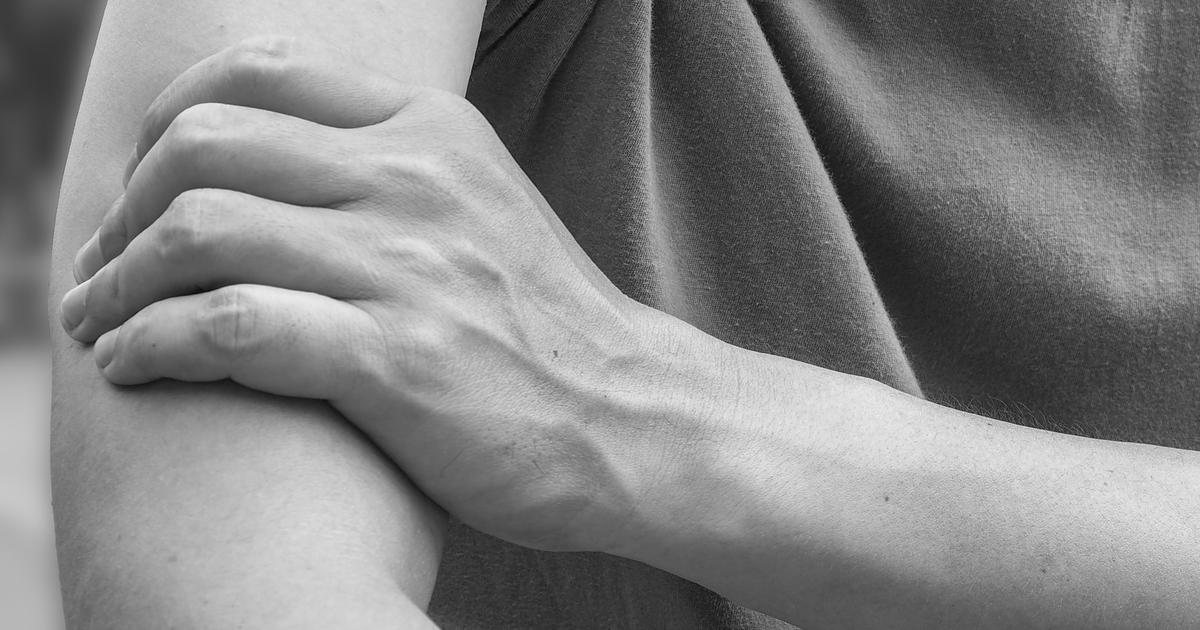Guide To The Symptoms Of Endocarditis
Endocarditis is the infection and inflammation of an individual's endocardium. The heart chambers have an interior surface covered by a special lining, called the endocardium, containing a layer of connective tissue and a layer of endothelial cells. Pathogens from anywhere within an individual's body can spread through their bloodstream and bind to damaged tissues in the heart. Without treatment, this type of infection can have serious complications, including permanent damage to the heart valves. The most common ways pathogens enter the bloodstream and cause endocarditis include open wounds in the mouth, skin sores, sexually transmitted infections, venous catheter, body piercing needles, tattoo needles, intravenous illegal drug use, and some dental procedures. CT scans, chest x-rays, electrocardiogram, echocardiogram, and blood tests may be utilized in the diagnosis of endocarditis.
Several symptoms can indicate an individual is being affected by endocarditis. Get to know them now.
Muscle And Joint Aches
Over forty percent of endocarditis patients experience muscle and joint aches. Joint aches that result from endocarditis typically only affect one to three joints. This joint and muscle pain also manifests in a pattern that is not symmetrical. The pain complaints in such individuals are said to be similar to those observed in individuals affected by rheumatoid arthritis, Lyme disease, and Reiter's syndrome. This symptom occurs when the endocarditis causing pathogen mobilizes and attacks the synovial membranes and fluids of the joints. The pathogen colonizes in the synovial fluid that sits between the joints and summons an immunological response. This mechanism causes blood vessel dilation, redness, swelling, and inflammation in the affected joints. When the synovial fluid becomes inflamed, the affected individual will experience sensations of pain because it cannot provide lubrication and protection to the bones. Joint and muscle pain are most commonly reported in endocarditis patients in their shoulders, knees, and back. In many patients, muscle and joint pain can be the first symptomatic manifestation of endocarditis. These pains can show up months before other symptoms, causing many physicians to overlook endocarditis as the underlying cause.
Uncover more symptoms linked to endocarditis now.
Night Sweats

An individual who experiences night sweats may be affected by endocarditis. The medical definition of night sweats is a drenching sweat that prompts the affected individual to change their pajamas and sheets several times per week. Night sweats occur as an adverse effect of numerous different types of infections, including endocarditis. An affected individual's immune system responds to the infection-causing pathogen in several ways. One way is to prompt the brain to adjust the body's internal thermostat to a higher baseline temperature. This mechanism is meant to make the environment inhospitable for the pathogen causing endocarditis or any other infection. However, the body makes sure the high temperature does not become too high due to the serious consequences and damage an extremely high fever causes. When a patient with an infection has a fever that is becoming too high, the body initiates its cooling mechanism called sweating. This process involves the release of salt and water from the skin through the sweat glands. As the water dampens the skin, it is evaporated into the air. Heat accompanies the water evaporated from the skin, lowering the body's core temperature. These temperature fluctuations may occur several times during the night from endocarditis.
Learn more about the warning signs of endocarditis now.
